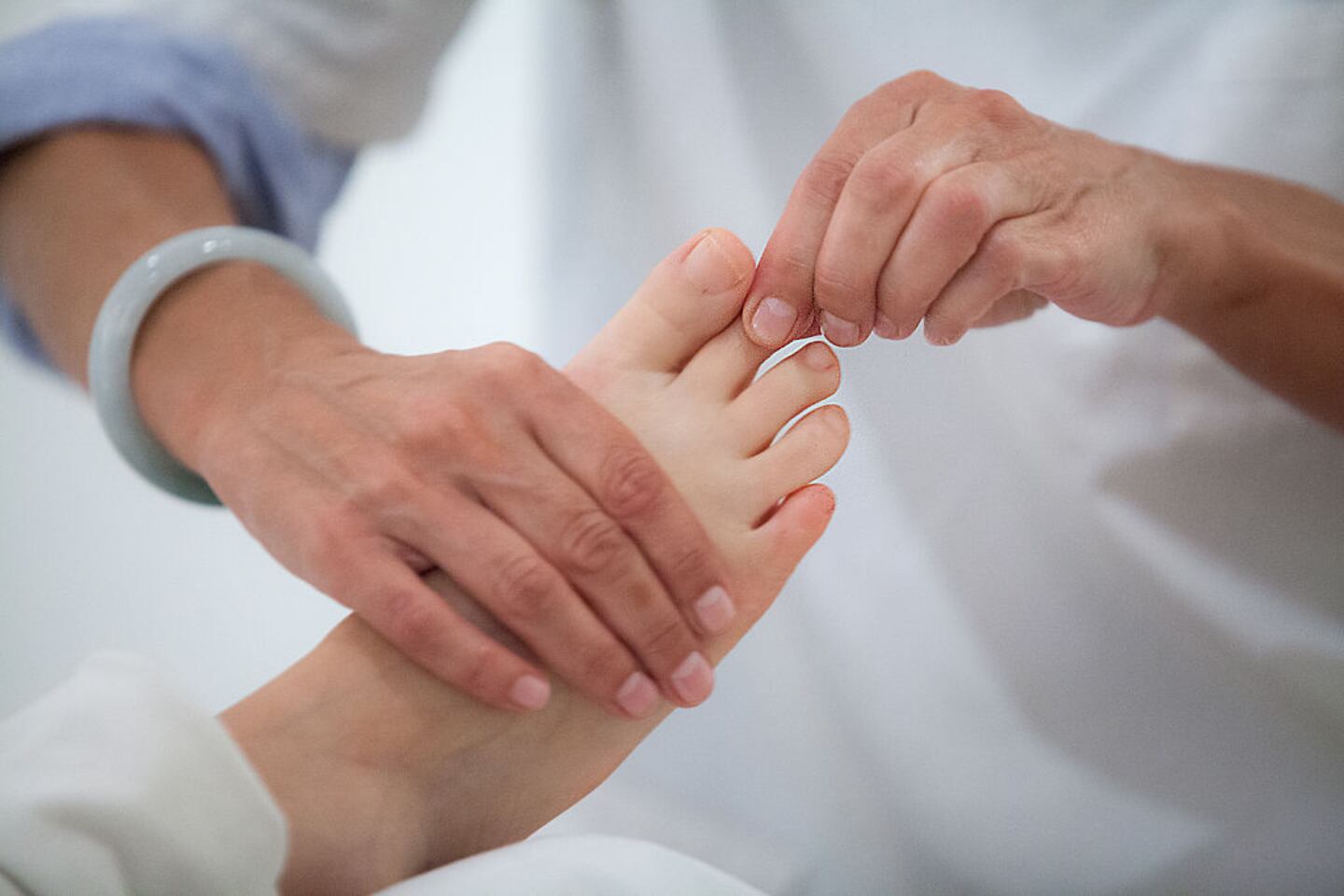The most common symptoms of infection by the COVID-19 virus are a dry cough, fever and difficulty breathing, but researchers are discovering they are far from being the only signs of the viral infection.
Dermatologists are reporting a new symptom, dubbed “COVID toes,” that they are seeing in some patients who have the new coronavirus.
Patients develop blue or purple lesions on the feet or toes that resemble bruising or a rash.Dr. Ebbing Lautenbach told USA Today that the lesions are “typically painful to touch and could have a hot burning sensation.” Lautenbach serves as chief of infectious disease at the University of Pennsylvania’s School of Medicine.
The lesions are being seen in people who are asymptomatic, or who have no other symptoms of the COVID-19 virus.
“This is a manifestation that occurs early on in the disease, meaning you have this first, then you progress,” Lautenbach said. “Sometimes this might be your first clue that they have COVID when they don’t have any other symptoms.”
Susan Wilcox, chief of critical care for the emergency department at Massachusetts General Hospital, told USA Today that she began to see the purple lesions on the most critically ill COVID-19 patients. Wilcox said she suspects the lesions are caused by inflammation from a severe infection. The inflammation causes tiny blood clots in the blood vessels in the feet.
Wilcox said the lesions are most commonly seen in patients who have developed acute respiratory distress syndrome (ARDS). The sickest COVID-19 patients develop ARDS.
For others, “COVID toes” disappear within 10 days and the person suffers from no other symptoms of the virus.
Dr. Tracey Vlahovic, associate professor of podiatry at Temple University in Philadelphia, told NBC’s “TODAY” show that "There’s no one-to-one correlation” between having the lesions and developing other COVID-19 symptoms.
The lesions seem more common in children and young people, Dr. Lindy Fox, professor of dermatology at the University of California, San Francisco, told “TODAY,” but it’s “not exclusive” to them, Fox added.
>> Coronavirus checklist: 100-plus disinfectants that may kill coronavirus on surfaces
>> Coronavirus symptoms: What you need to know
>> Coronavirus: Know the facts directly from the CDC
>> Coronavirus: Can the government make you stay home if you are sick?





